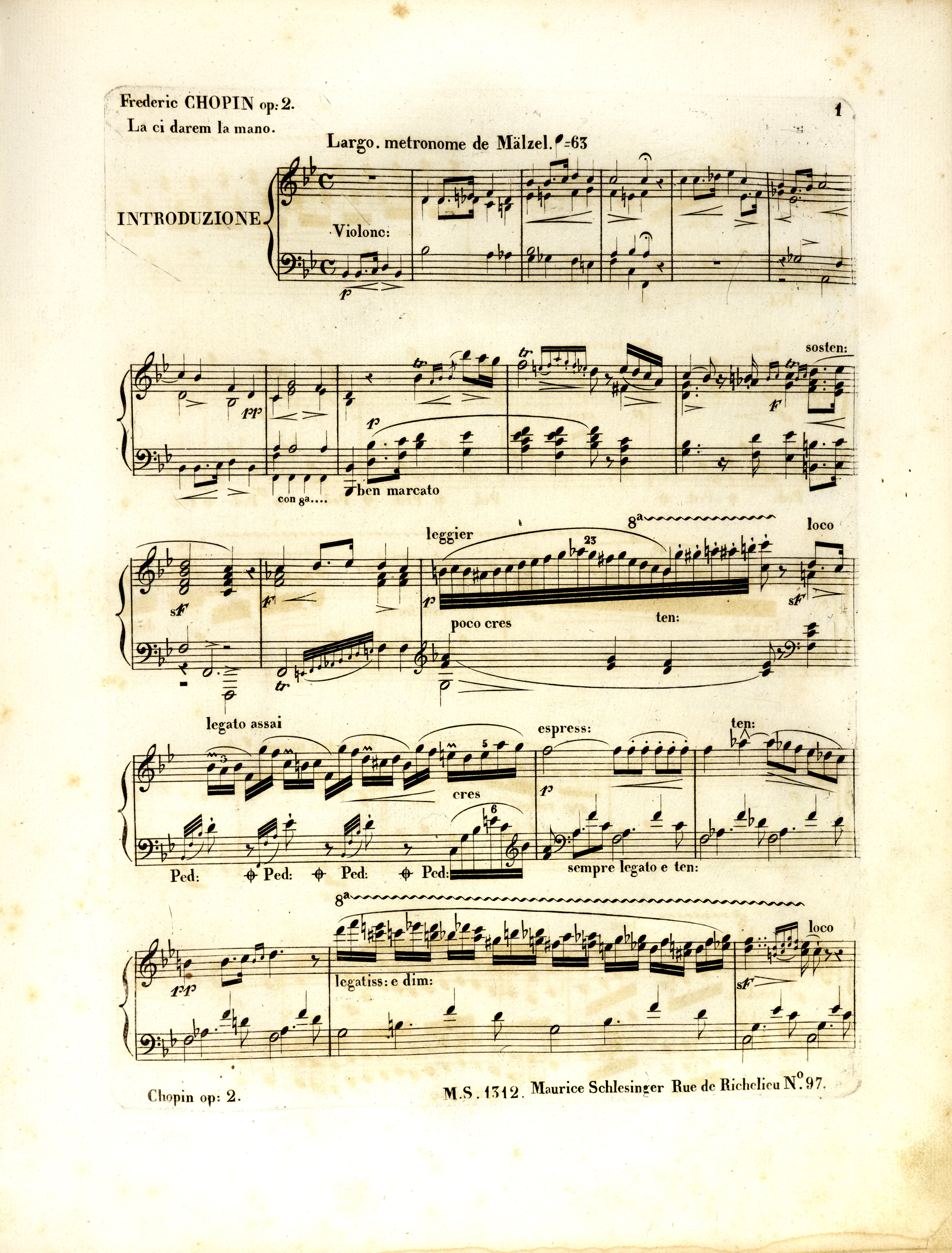



FE1
- First French edition
compare
We attribute the change of dots to wedges to the engraver's carelessness (manner?), since there are many more such changes of staccato marks, musically unjustified, e.g. in b. 14 or 35. See also b. 271-272.
Compare the passage in the sources »
category imprint: Differences between sources
issues: Inaccuracies in GE, Wedges
notation: Articulation, Accents, Hairpins

